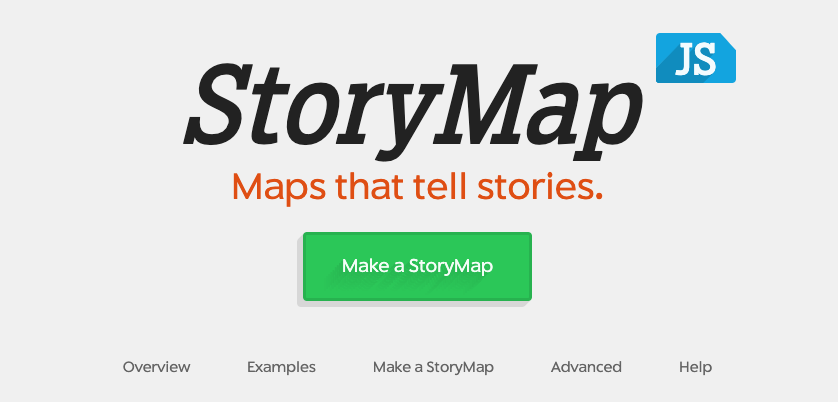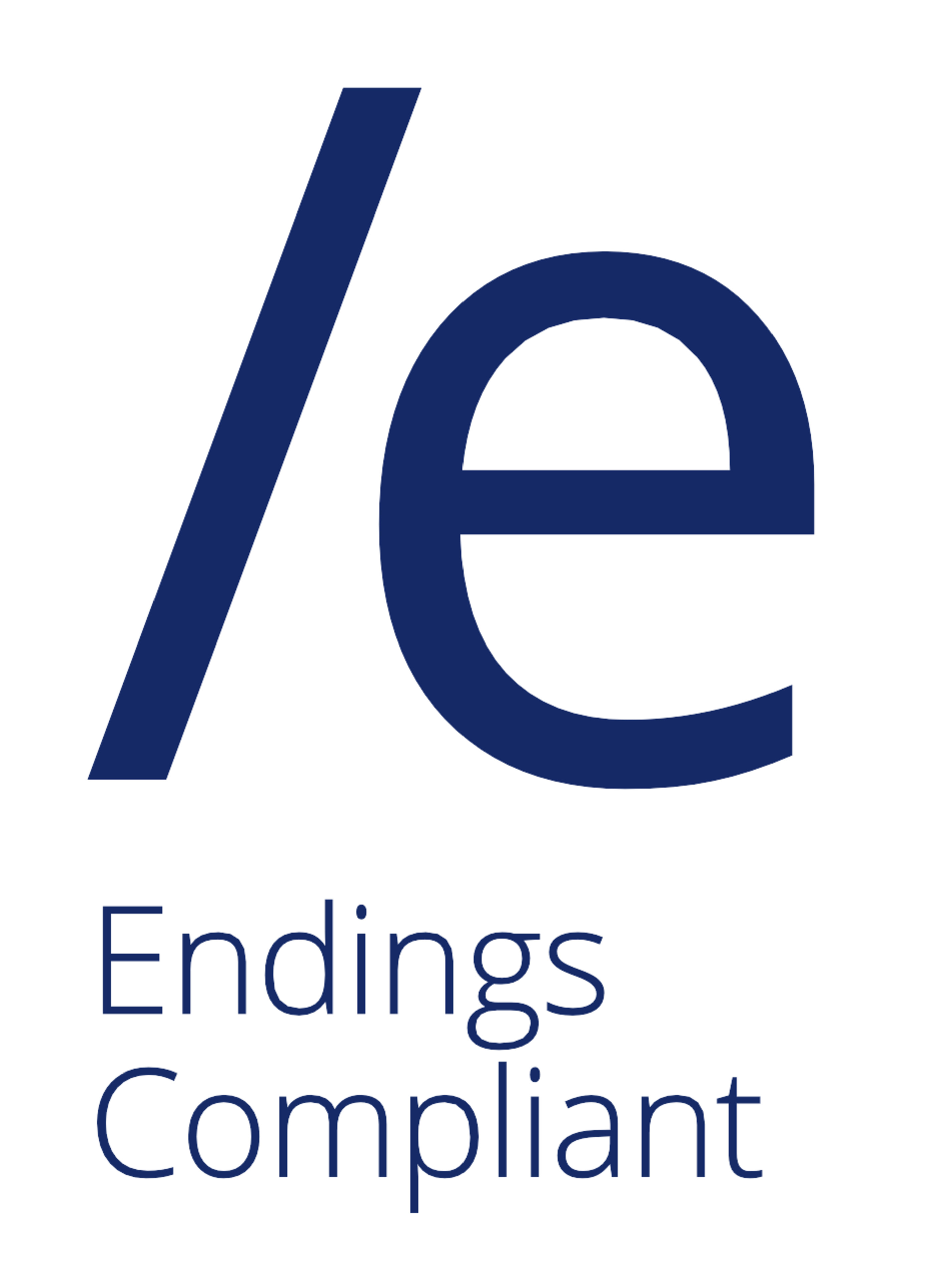Sustainable StoryMaps
A Case Study in Staticization with StoryMapJS
Joey Takeda, SFU DHIL
GIS Day, November 17, 2021
Hello!
Developer at the Digital Humanities Innovation Lab at Simon Fraser University Library
The lab works with researchers from across the university on various projects (small, experimental, large-scale, grant-funded, etc)
Collaborates with various units across the library
Background
Researcher working on a narrative map of maricultural sites across the Pacific
Included illustrations by local artist as icons for each location
StoryMapsJS

StoryMaps JS
Northwestern University's Knight Lab
Open-source JavaScript library and associated authoring interface for creating lightweight narrative maps
Used by academics, journalists, et cetera
https://storymap.knightlab.com/
StoryMaps JS
Less robust than other mapping / storytelling platforms
Easy to use and setup
Some ability to customize, especially when self-hosted

https://endings.uvic.ca
Hell is other servers

How best to preserve the intellectual labour and research outputs for projects?
How best to underscore long-term thinking from the outset?
Static Websites
HTML, CSS, and JS
No server-side dependencies
Archivable
Sustainable
Reproducible
Static StoryMaps
Hosted on GitHub: https://github.com/joeytakeda/static-storymaps
Small node library for creating a static snapshot of a Knight Lab StoryMap
Includes all images and content
Uses a stable version of the StoryMaps JS library
Method
All content edited using the Knight Lab WYSIWYG
Researcher triggers a rebuild of the map
All content deployed to GitHub pages
Caveats
Some resources (especially the map tiles) are externally hosted (but robust)
Allowed for greater control over the data
But still not a "no code" solution
Final Thoughts
An experiment in testing if we can and should work to create static snapshots of research products created by third party software
Software versions are difficult to manage
Open-source code can still be obfuscated and difficult to wrangle
Thanks!
Acknowledgments
Sarah Zhang; the DHIL team; Research Commons; Heather Earle and the Coastal Marine Ecology and Conservation Lab